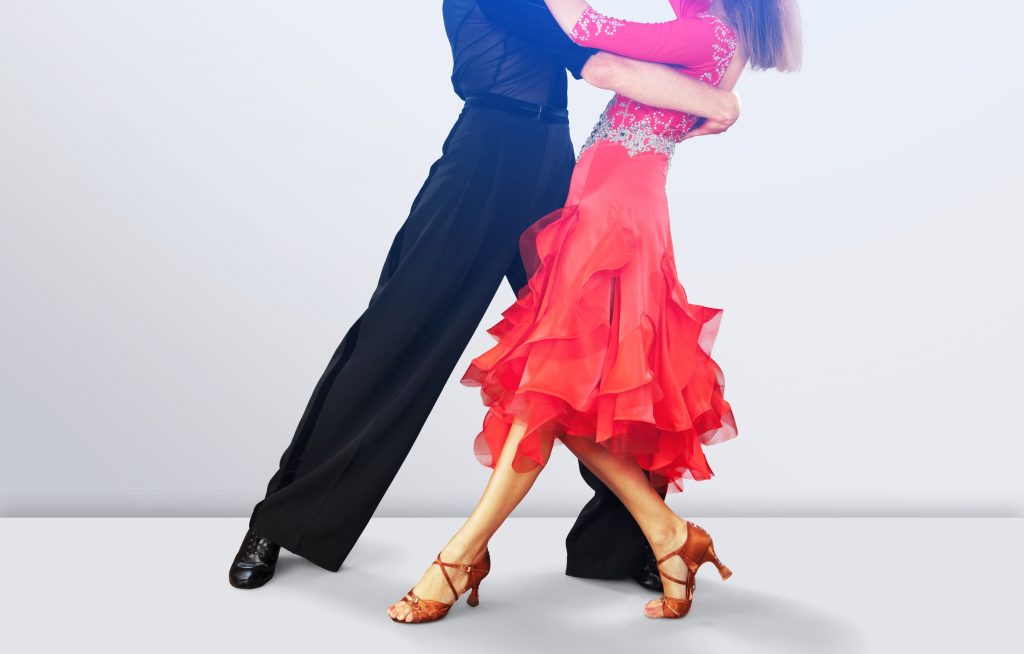
Cultural appropriation in performing arts has long been debated, especially in cases where cross-cultural borrowing teeters on stealing for economic gain. The most outlandish examples of cultural appropriation in dance, such as Miley Cyrus’ adoption of twerking to rebrand herself, are easily identifiable. The artist took a culturally significant aspect of dance to popularize her identity, making it profitable for her musical career. But what about the more subtle examples of cross-cultural “borrowing?” Take, for instance, those who practice salsa dancing in ballroom competitions who aren’t from Cuba, or nonblack fraternities practicing strolling or stepping. Where is the line of cultural appropriation drawn then?
Some argue that no harm is caused in dancing different cultural styles for fun, and that placing restrictions on who can dance in certain ways would diminish freedom of expression. But wouldn’t ignoring a dance’s history be diminishing its significance?
Let’s analyze salsa. Salsa is a dance, as well as a musical style, with deep Caribbean and African roots. Its origins date back to approximately the 1900s in Cuba, combining various musical styles and elements. Its two main styles are Cuban Son and Afro-Cuba rumba, which utilize a plethora of instruments that gives the music great complexity and depth. Some 50 years later, the style reached Havana, where salsa began absorbing influences from other local Cuban music and American jazz. When the revolution in Cuba began, many musicians fled to the United States, namely to New York City. Salsa musicians would develop another community there, what is known today as El Barrio. The music and dance provided a voice for those who sought refuge from the Communist Party in Cuba. It gave the artists both freedom and a memento of home in new environments.
Stepping is another dance form with a long history. Though predominant in African and black communities, it has now spread to Latino, Asian and other multicultural fraternities. West African slaves, brought to the United States in the 17th century by British and French imperialists, began developing this unique dance tradition. According to Ofosuwa Abiola, an assistant professor of theatre arts at Howard University, “The dance tradition in this region [America] incorporated foot percussion, swift movement, leaps and simultaneous body movements.” Stepping blends African dance with dance as practiced by American slaves, resulting in a narrative form of Southern plantation life.
African gumboot dance is also one of stepping’s biggest influences. The modern form of stepping as we know began in the early 1900s when fraternities and sororities in the National Pan-Hellenic Council, alternatively known as the Divine Nine, used songs and dance as a call and response to energize audiences. It’s now become a point of pride and identity for organization members. Knowing this, how is a dance form as rich in history as stepping practiced by nonblack or non-African Greek organizations?
I asked other Binghamton University students for their thoughts. One student said, “I like it when Asian or Latino frats and sororities stroll, but it doesn’t invoke the same feeling in me when I see [Divine Nine] organizations do it. But also, in my opinion, strolling is such a small plus about being Greek. I think too much attention is focused on this now, and members don’t remember why they joined their organization in the first place. Those groups emerged from fighting for human rights, or to educate members of their community. Strolling is just a plus. When members do stroll, I think it’s important they put in the same passion their founders did when starting it.”
Some students also recognized that there is room for cross-cultural understanding, if gone about in a respectful way. As another BU student responded, “I think it’s important that people who do stroll make an effort to learn about its history and to recognize that there is a story behind what they’re doing. I don’t know how long nonblack and [non-African] organizations have been doing the stroll — I don’t want to say they shouldn’t be allowed to do it, because there is a shared history of racial discrimination among all minority groups, but people should be aware of their actions.”
Culture should never be denied, nor should it be silenced. It’s an aspect of our society that allows for vast examples of individualism, as well as community building. When culture is warped, whether it be for purposeful economic gain or mere naivety, it eradicates people’s roots. The voices that dared to speak loud enough to share the culture would be buried under ignorance.
But in a similar manner, we should be flexible to allow for cross-cultural borrowing. Global art has the potential to draw alliances that transcend racial differences, bringing the people of the world under one, unifying category: human.
Hanako Montgomery is a senior double-majoring in Asian American studies and Japanese studies.



